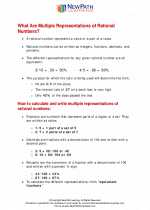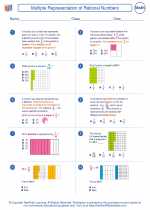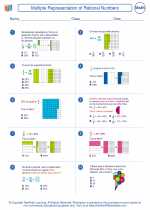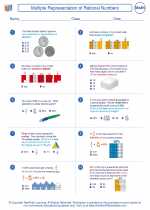Solving Math Problems
1. Understand the Problem
Before you can solve a math problem, you need to understand what it's asking. Read the problem carefully and identify what is being asked, what information is given, and what operations are required.2. Plan a Solution
Once you understand the problem, come up with a plan for solving it. Determine what operations or methods you'll use to find the solution. This might involve using a formula, drawing a diagram, or breaking the problem into smaller steps.3. Execute the Plan
Put your plan into action by performing the necessary calculations or steps to find the solution. Be sure to show all your work, including any formulas or equations you use.4. Check Your Answer
After finding a solution, it's important to check your work to ensure that your answer is correct. This might involve re-reading the problem, re-calculating using a different method, or plugging your answer back into the original problem to verify its accuracy.Study Guide for Solving Math Problems
1. Understand the Problem
- Read each problem carefully and identify the question being asked. - Break down the problem into smaller parts if necessary. - Ask yourself, "What is the problem asking me to find?"2. Plan a Solution
- Determine what operations or methods will help you solve the problem. - Consider using diagrams, charts, or tables to organize the information. - Think about similar problems you've solved in the past and how you approached them.3. Execute the Plan
- Show all your work, including any formulas or equations you use. - Double-check your calculations as you go to catch any potential errors. - Take your time and work through the problem step by step.4. Check Your Answer
.◂Math Worksheets and Study Guides Sixth Grade. Multiple Representation of Rational Numbers
Study Guide Multiple Representation of Rational Numbers
Multiple Representation of Rational Numbers  Worksheet/Answer key
Worksheet/Answer key Multiple Representation of Rational Numbers
Multiple Representation of Rational Numbers  Worksheet/Answer key
Worksheet/Answer key Multiple Representation of Rational Numbers
Multiple Representation of Rational Numbers  Worksheet/Answer key
Worksheet/Answer key Multiple Representation of Rational Numbers
Multiple Representation of Rational Numbers 

 Worksheet/Answer key
Worksheet/Answer key
 Worksheet/Answer key
Worksheet/Answer key
 Worksheet/Answer key
Worksheet/Answer key

The resources above cover the following skills:
Number and Operations (NCTM)
Understand numbers, ways of representing numbers, relationships among numbers, and number systems.
Work flexibly with fractions, decimals, and percents to solve problems.